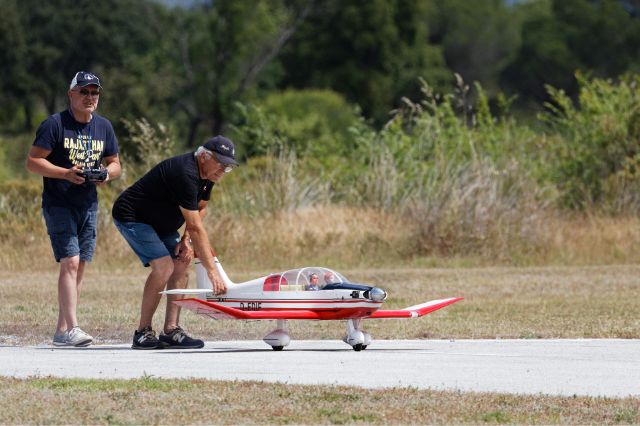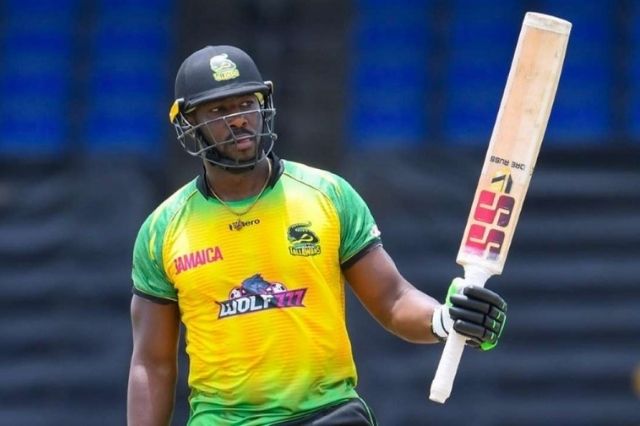RC (Remote Control) model aircrafts let people have fun flying without being in a real airplane. They do that with a cool mix of technology and skill.
Whether you’re already good at flying these things or just starting, picking the right RC model aircraft is super important to make sure you have a great time.
This easy-to-follow guide talks about the various things you should think about when buying one of these planes so that you can fly it with ease and have a blast.
Knowing RC Model Aircraft Types
Here are the various types of RC model aircraft available:
Fixed-Wing Aircraft
Fixed-wing RC model aircraft, also known as airplanes, mimic the principles of conventional aviation. These aircraft have fixed wings and rely on propellers or jet engines for thrust. They are ideal for long-distance flights and aerobatic maneuvers.
Rotary-Wing Aircraft
Rotary-wing RC model aircraft, such as helicopters and quadcopters, utilize rotating blades for lift and control. These aircraft offer versatility, stability, and the ability to hover. These make them popular for aerial photography and precision flying.
Gliders and Sailplanes
Gliders and sailplanes are unpowered RC aircraft designed to glide gracefully through the air. They rely on thermal currents and aerodynamics to stay aloft, providing a serene and unique flying experience.
Factors to consider when choosing RC model aircraft:
Power Source: Electric or Fuel?
Electric-Powered RC Model Aircraft
Electric-powered RC aircraft have gained popularity due to their simplicity, cleanliness, and ease of use. They run on rechargeable batteries and offer quick and quiet operation. Electric models are ideal for beginners and indoor flying.
Fuel-Powered RC Model Aircraft
Fuel-powered RC aircraft, which use gasoline or nitro-methane engines, provide longer flight times and higher speeds. They are favored by experienced pilots who enjoy the intricacies of engine tuning. However, they require more maintenance and can be noisier.
Radio Control Systems
Selecting the right radio control (RC) system is vital for precise and responsive control of your model aircraft. Here are some factors that you might want to consider:
2.4GHz vs. 72MHz
Modern RC systems primarily operate on the 2.4GHz frequency, offering interference-free communication and improved range. Older 72MHz systems are still in use but are more susceptible to interference.
Channels
RC transmitters come in various channel configurations. A typical beginner’s model may require only 3 to 4 channels for basic control. Advanced aircraft may need six or more channels for additional features and aerobatics.
Aircraft Size and Skill Level
The size of your RC model aircraft is directly related to your skill level and flying environment:
Small and Lightweight
Smaller models are perfect for indoor flying and beginners. They are easy to transport and less intimidating to control.
Medium-Sized
Medium-sized models strike a balance between ease of control and versatility. They are suitable for both beginners and intermediate pilots.
Large and Advanced
Larger models are typically more complex and are designed for experienced pilots. They offer advanced features and aerobatic capabilities but require more skill to operate.
Building vs. Ready-to-Fly (RTF) Models
Building Kits
Building your RC model aircraft from a kit can be a rewarding experience, allowing you to customize and learn about the aircraft’s construction. However, it requires time, patience, and some technical skills.
Ready-to-Fly (RTF) Models
RTF models come pre-assembled and ready to fly right out of the box. These are ideal for beginners or those who prefer not to deal with assembly and setup.
Flight Time and Battery Life
The flight time of your RC model aircraft is determined by the capacity and type of the battery used. Electric-powered models typically offer flight times ranging from 10 to 30 minutes, depending on the aircraft’s size and power.
Safety Features
Safety should always be a top priority when flying RC model aircraft. Look for features such as:
Return-to-Home (RTH)
RTH functionality allows the aircraft to automatically return to its takeoff location in case of signal loss or low battery, preventing crashes.
Geofencing
Some models offer geofencing features to limit the aircraft’s flight within designated boundaries, keeping it away from restricted areas.
In conclusion, choosing the right RC model aircraftinvolves considering a multitude of factors. These range from power source and radio control systems to size, skill level, and safety features.






